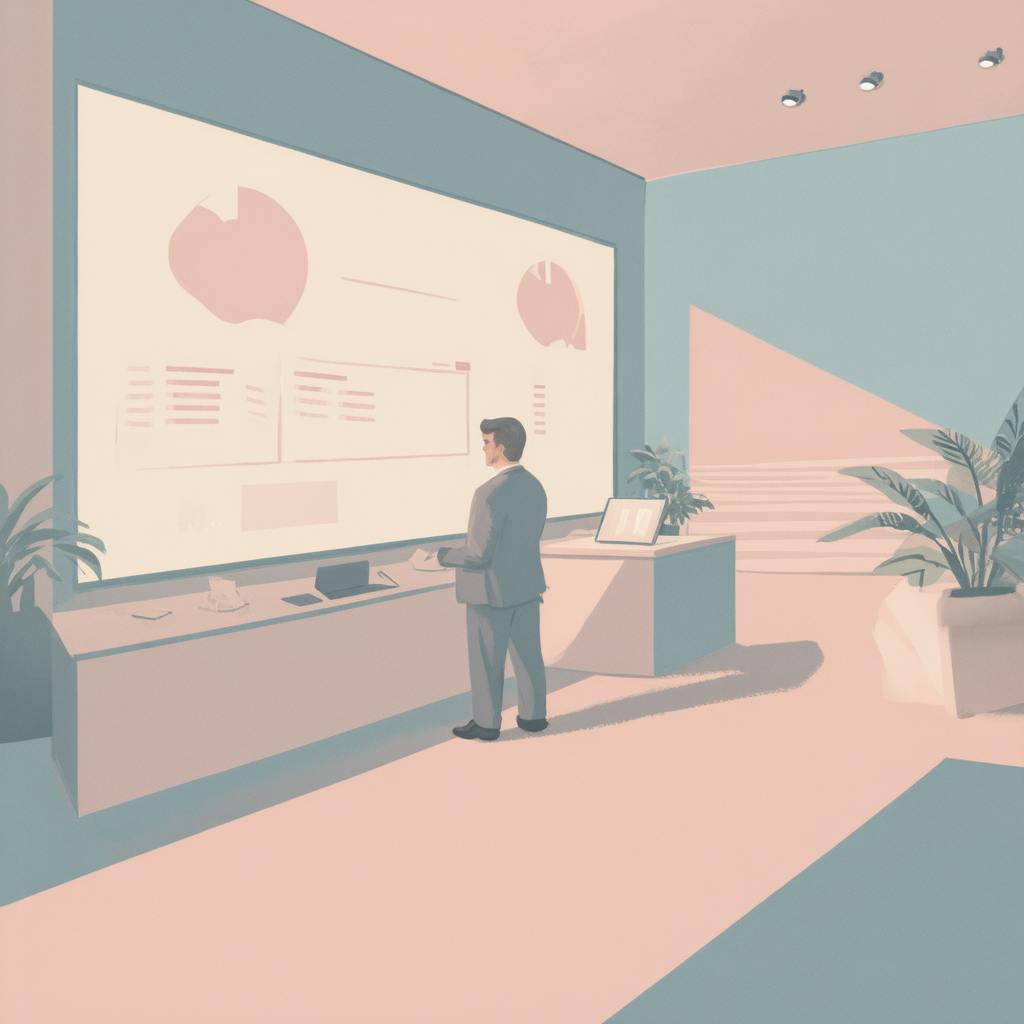In the world of design where creativity meets functionality, a well-crafted design brief is a cornerstone for any successful project. A design brief serves as a guiding document that outlines the objectives, expectations, and scope of a project. It ensures all stakeholders—from designers to clients—are aligned and working towards a common goal. Crafting a compelling design brief can save time, reduce misunderstandings, and ultimately result in a better-designed product. This article will explore the essential components of a design brief by addressing the 5Ws and H: Who, What, When, Where, Why, and How.
Who Uses a Design Brief?
A design brief is utilized by a wide range of professionals and organizations in the design industry. Primarily, it is used by design consultants, project managers, creative teams, and clients. The design consultant or project manager usually crafts the brief in collaboration with the client to ensure all requirements and expectations are understood. Design briefs provide a shared vision that helps guide designers, developers, and other stakeholders through the creative process.
What Is a Design Brief?
A design brief serves as an essential roadmap for a design project. It is a comprehensive document that details the project's objectives, target audience, budget, timeline, and other critical considerations. It also includes specific requirements such as the desired style, functionalities, and technical specifications. By clearly defining these elements, a design brief helps the design team understand what is expected and allows clients to communicate their vision effectively.
When Is a Design Brief Used?
A design brief is typically developed at the early stages of a project. Before any design work begins, the brief is created to set the foundation for the entire process. It ensures that all stakeholders are on the same page regarding project goals and requirements, reducing the likelihood of costly changes and revisions later. A well-timed design brief can streamline workflows and enhance collaborative efforts throughout the project's lifecycle.
Where Does a Design Brief Fit in the Design Process?
A design brief fits at the very beginning of the design process. It acts as the initial framework that guides subsequent phases, including concept development, design iterations, and final execution. Although it is created at the start, a design brief is a living document that can be referred to and revised as necessary to accommodate new insights or changes in direction.

AI made with Dean Jones
Why Is a Design Brief Important?
The importance of a design brief cannot be overstated. It acts as a vital communication tool that bridges the gap between clients and designers. By clearly articulating the project's goals, scope, and constraints, a design brief reduces the risk of miscommunication and keeps the project on track. It provides a clear reference point for evaluating progress and ensures that the final deliverable aligns with the client's vision and expectations.
How to Write an Effective Design Brief?
Writing an effective design brief entails several key steps:
- Define the Project Scope: Clearly outline the project's objectives, deliverables, and constraints. Be specific about the problem the design will solve and what success looks like.
- Identify the Target Audience: Understand who the end-users are and what their needs, preferences, and challenges might be. This information will inform design decisions that resonate with the audience.
- Set a Budget: Define the financial resources available for the project. A realistic budget will help guide design solutions and ensure feasibility.
- Establish a Timeline: Determine the project timeline, including key milestones and deadlines. A well-planned schedule helps keep the project on track.
- Detail the Requirements: Specify any technical or stylistic requirements, such as branding guidelines, color schemes, or specific features. This section provides designers with critical information they need to create solutions that meet client needs.
- Engage Stakeholders: Collaborate with all relevant parties to ensure the brief is comprehensive and agreeable to everyone involved. Gather input from clients, design teams, and other stakeholders to create alignment.
FAQ: Understanding and Crafting a Design Brief
What exactly is a design brief and why is it important?
A design brief is a document that outlines the core details and directives of a design project. It acts as a roadmap, guiding designers through the client's vision, requirements, and expectations. This document is crucial because it bridges the gap between client and designers, ensuring that all parties are aligned on the project's objectives and scope from the outset.
Importance of a Design Brief:
- Clarifies Objectives: A design brief sets clear goals and outcomes for the project, helping to avoid miscommunications.
- Guides Creativity: By outlining parameters and constraints, it steers creative efforts towards effective and relevant solutions.
- Streamlines Process: With clear guidelines in place, the design process becomes more efficient, potentially saving time and resources.
- Sets Benchmarks: The brief serves as a reference point to measure progress and ensure the final deliverables meet the established criteria.
What key elements should I include in a compelling design brief?
When crafting a design brief, it’s imperative to include the following elements for thoroughness and clarity:
- Project Overview: A concise summary of the project’s purpose and scope.
- Background Information: Details about the company or client’s history, mission, and market position.
- Objectives and Goals: Specific outcomes that the project aims to achieve.
- Target Audience: Demographic and psychographic details of the intended users or recipients.
- Project Scope: An outline of the deliverables, timelines, and project stages.
- Design Preferences: Insights into the client's aesthetic tastes and any example works that inspire them.
- Budget Overview: A clear understanding of financial constraints and available resources.
- Competitor Analysis: Information about primary competition to differentiate the design strategy.
- Technical Requirements: Any specifications regarding materials, software, or technology needed.
- Success Metrics: Criteria by which the project’s success will be evaluated.

AI made with Dean Jones
Can you share some tips on how to write an efficient design brief that gets results?
Creating an efficient design brief involves collaboration, clarity, and strategic thinking. Here are some tips:
- Collaborate Early: Involve key stakeholders from the beginning to gather comprehensive insights and avoid missing essential information.
- Be Clear and Concise: Use precise language and avoid jargon to ensure understanding across non-technical and technical audiences.
- Prioritize Information: Focus on key elements first, eliminating any unnecessary details that could cause confusion.
- Use Visual Aids: Whenever possible, include images, diagrams, or mood boards to convey ideas more effectively.
- Review and Revise: Regularly revisit the brief as new information emerges, updating it to reflect any changes or developments.
- Solicit Feedback: Allow time for designers to review the brief and provide feedback, ensuring it is actionable.
How does a design brief contribute to the success of a project?
A thoughtful and thorough design brief is integral to a project's success due to the following reasons:
- Alignment and Clarity: By defining expectations and goals upfront, a design brief minimizes risks of misalignment between client and designers.
- Effective Resource Management: A well-crafted brief helps allocate resources efficiently, preventing wasted time and budgeting errors.
- Focus and Direction: It provides a clear direction, keeping the design team on course and minimizing distractions or scope creep.
- Quality Assurance: A design brief establishes quality benchmarks, ensuring the end product meets or exceeds expectations.
Conclusion
Crafting a robust design brief is an indispensable step in achieving project success. By answering the ‘Who, What, When, Where, Why, and How’ of a design brief, you lay a solid foundation for a structured and efficient design process. A well-prepared design brief not only clarifies expectations and guides creative efforts but also fosters collaboration and encourages innovation. Whether you're a design consultant or project manager, mastering the art of the design brief will undoubtedly lead to better results and more satisfied clients.

